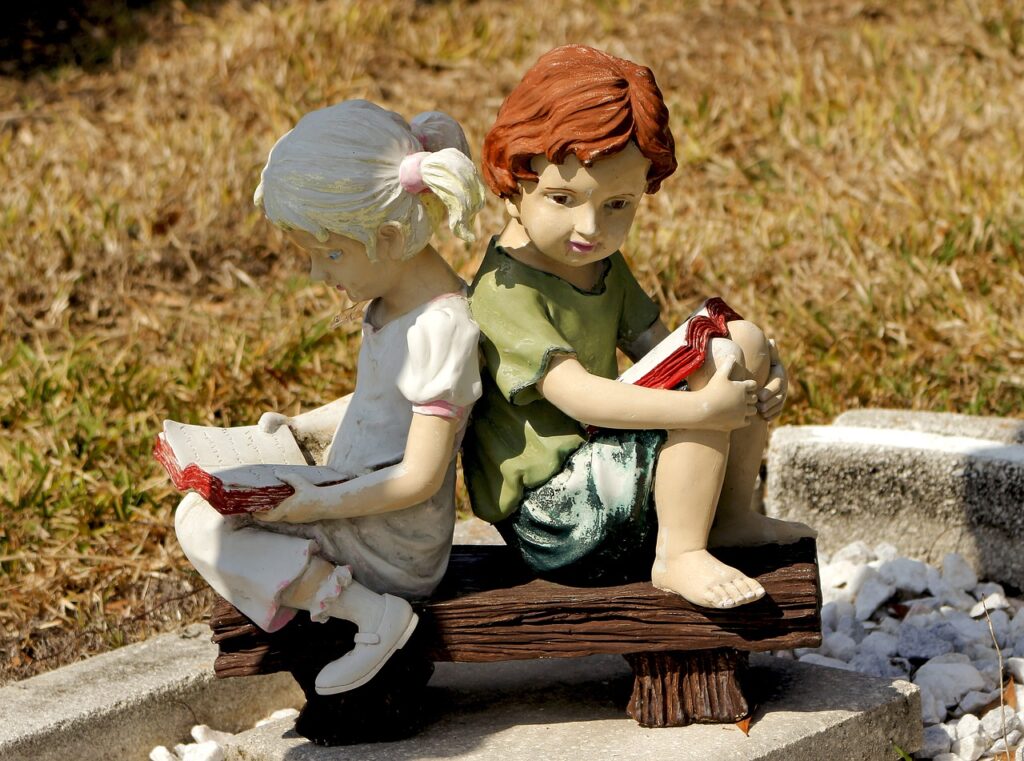The Basic First Aid Training That You Need To Know Irrespective of whether you are a parent or not it is always the best to know about “What, Continue Reading
Category: Kids
One Snail Speed Sunday Led The Path To Realization – The Basic First Aid for Children At Home It was one dull Sunday of partially lifted COVID 19 Continue Reading
Is GPS Tracking For Kids worth it? It is an undeniable fact that we, today’s parents need to be very vigilant when it comes to the safety Continue Reading
BEWARE – TEENAGER AT HOME Even though it sounds hilarious, this is the true angst of every parent with their kids in the ‘tweens to teenage evolution’ Continue Reading
It’s the Books Some of you might have received a text message very recently from my end with some questions related to books and their Genres. Before Continue Reading

